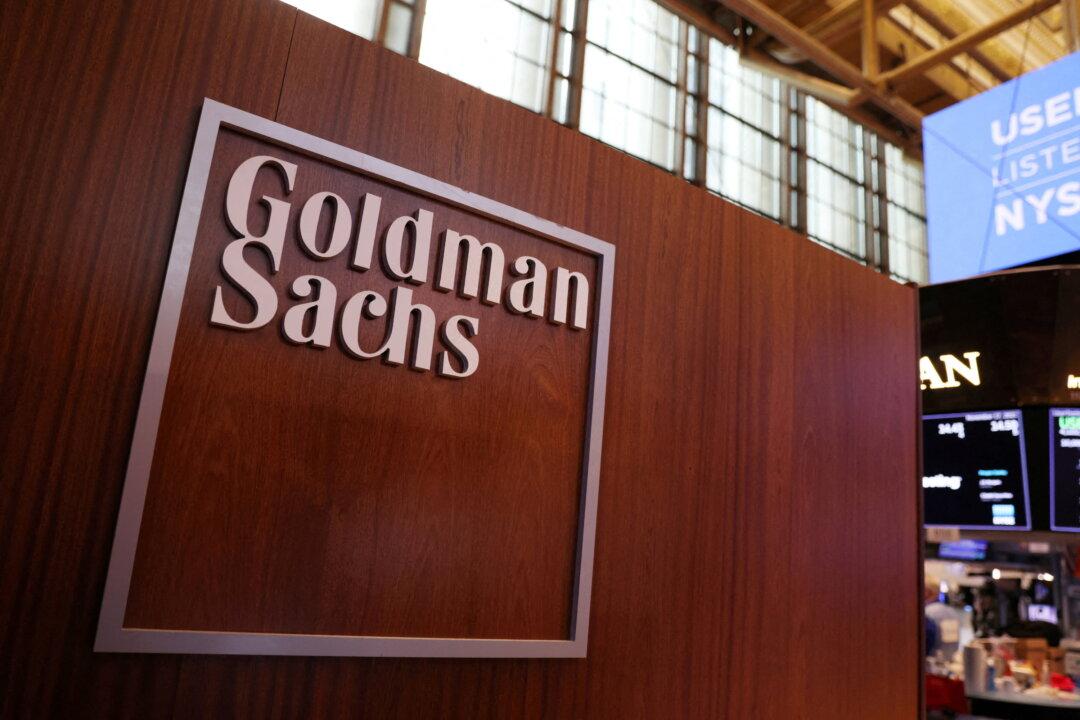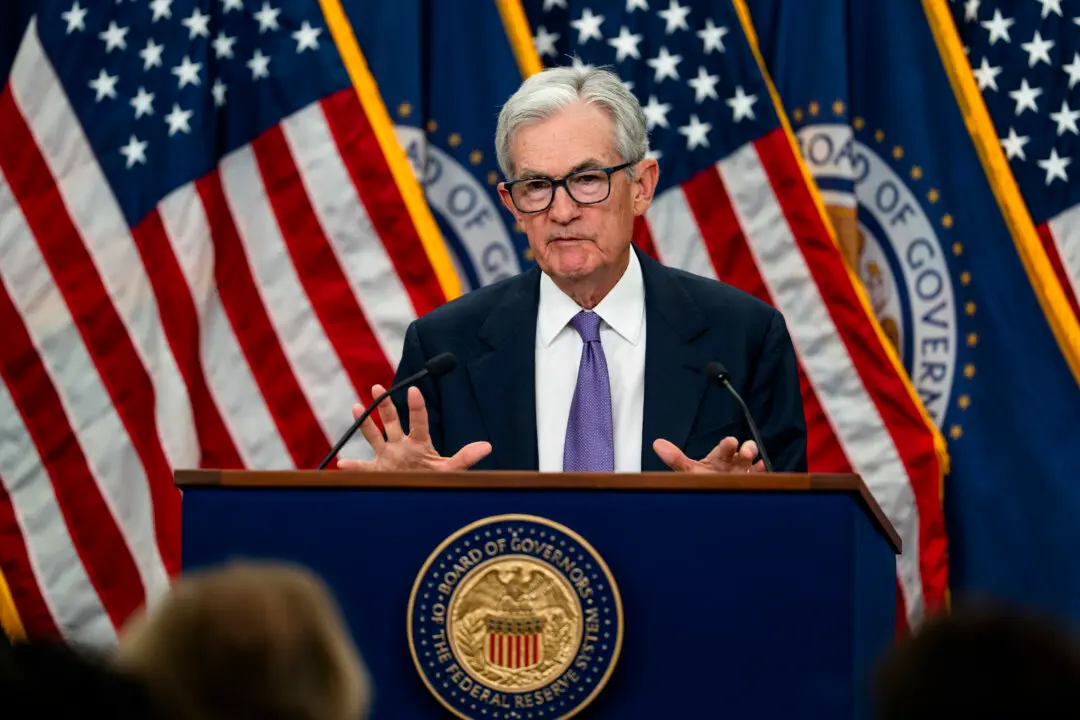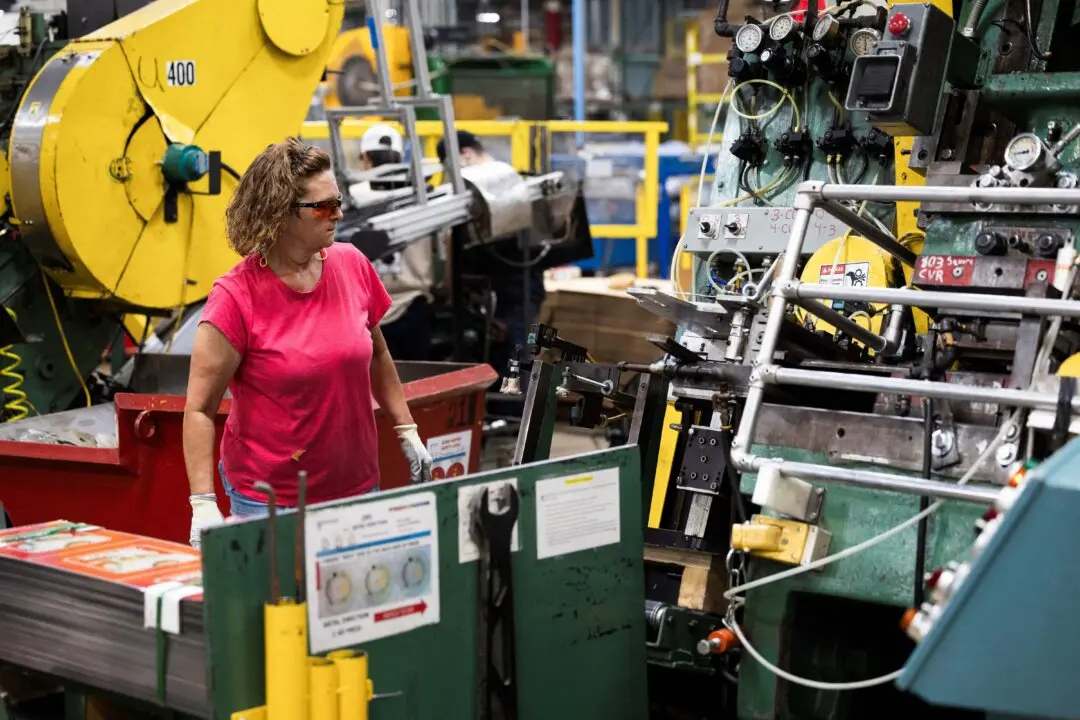Goldman Sachs economists believe the chances of the economy entering a recession in the next two years are still low, even as the investment bank’s equity team has just released a recession manual for its clients on how to prepare for a downturn.
“A recession is not inevitable, but clients constantly ask what to expect from equities in the event of a recession,” chief U.S. equity strategist David Kostin wrote in a note to clients on May 19. “Our economists estimate a 35% probability that the U.S. economy will enter a recession during the next two years and believe the yield curve is pricing a similar likelihood of a contraction.”





